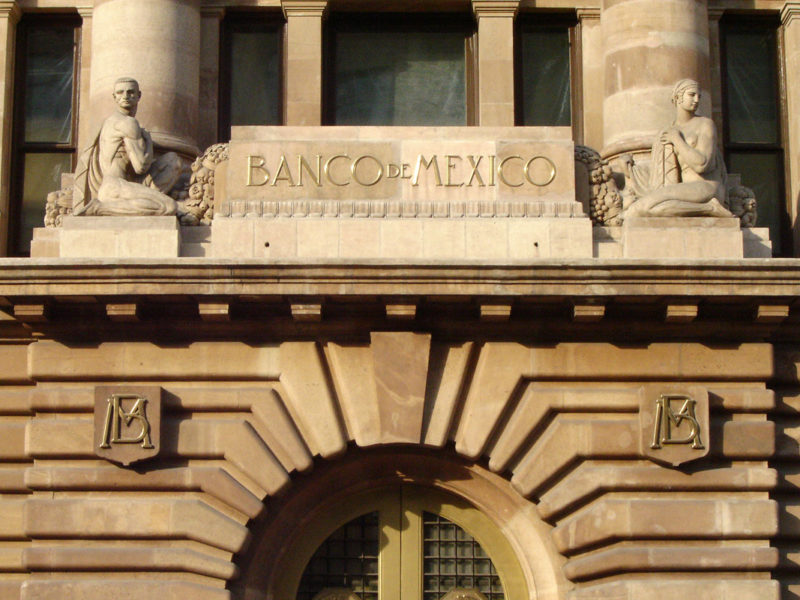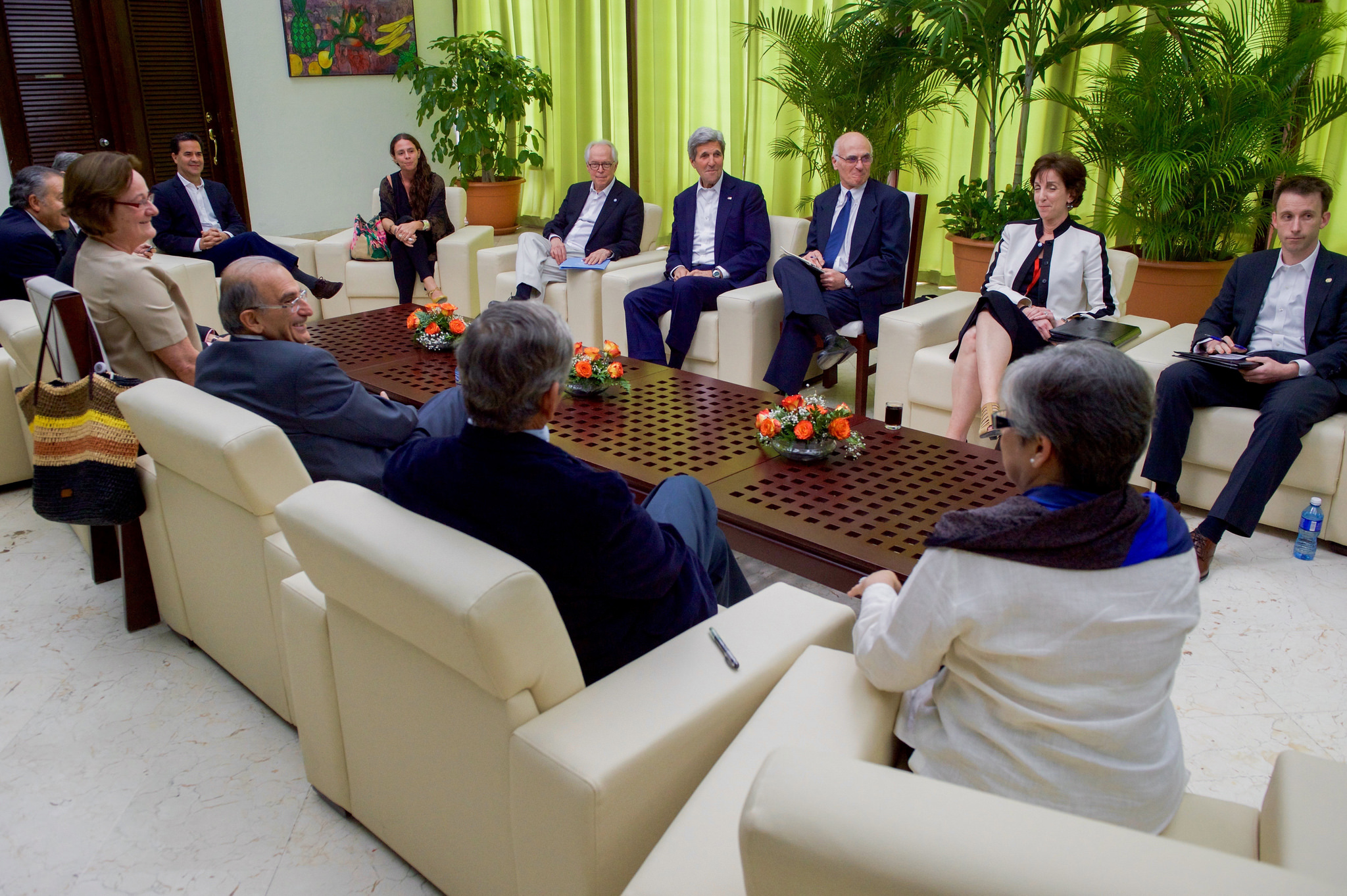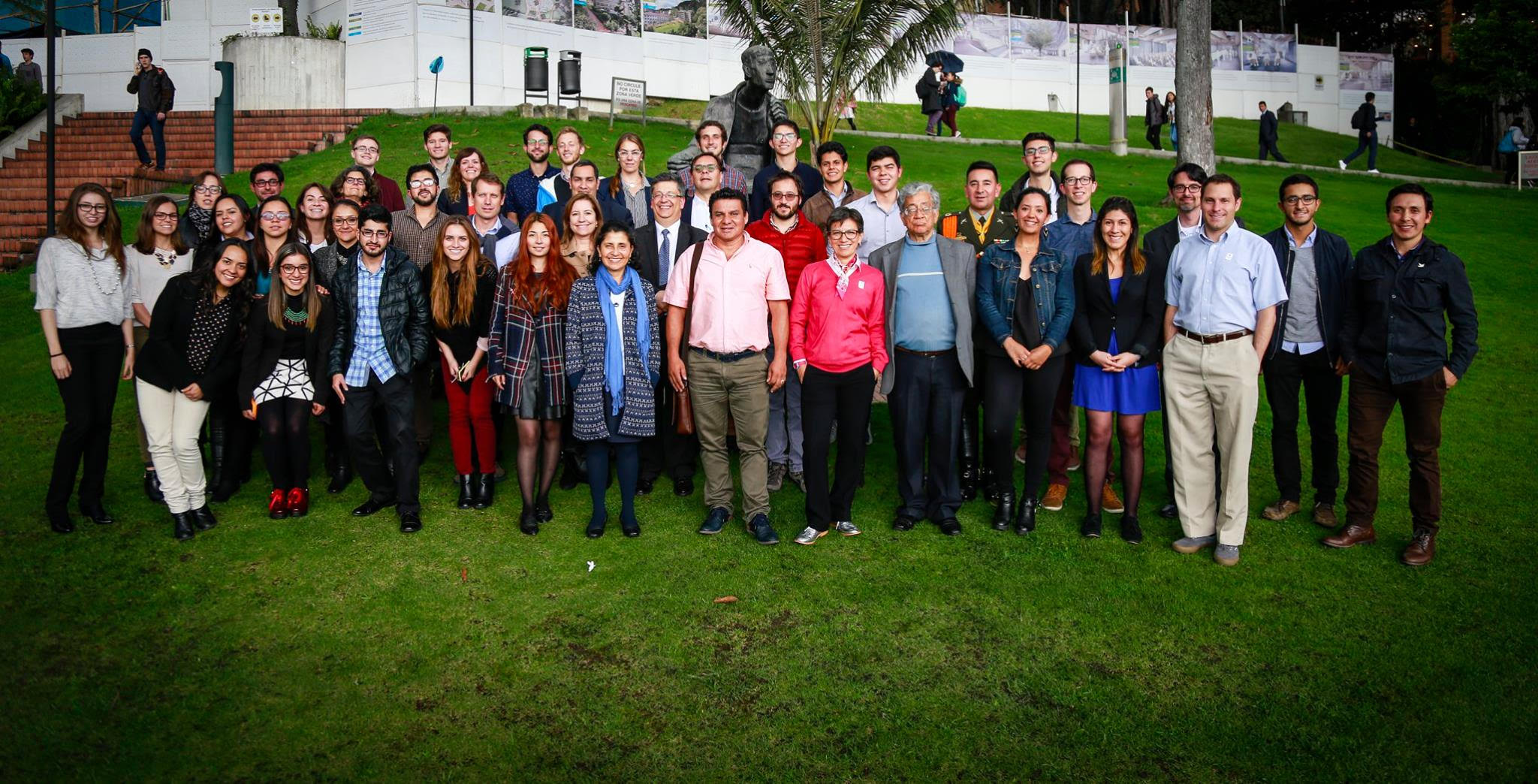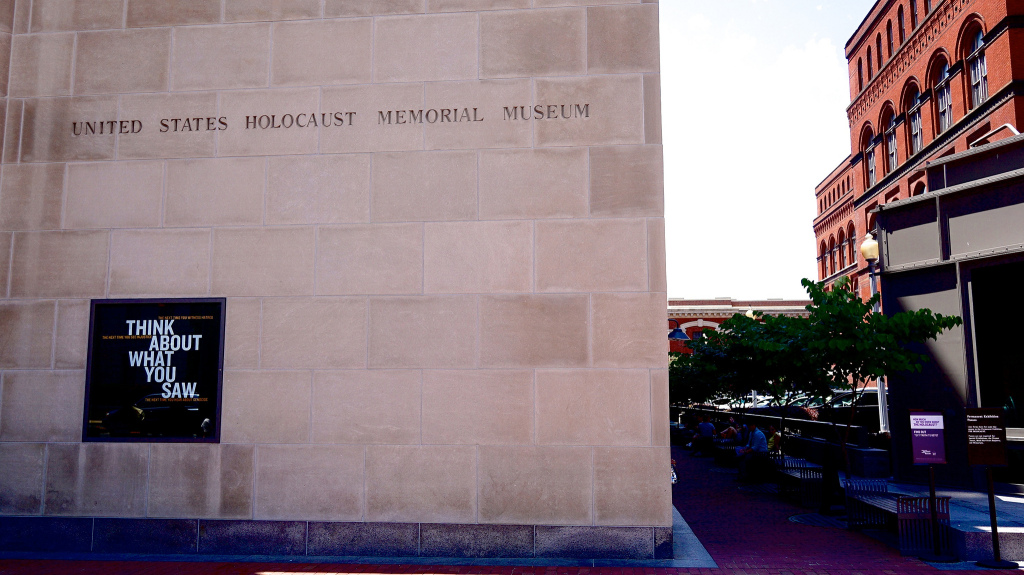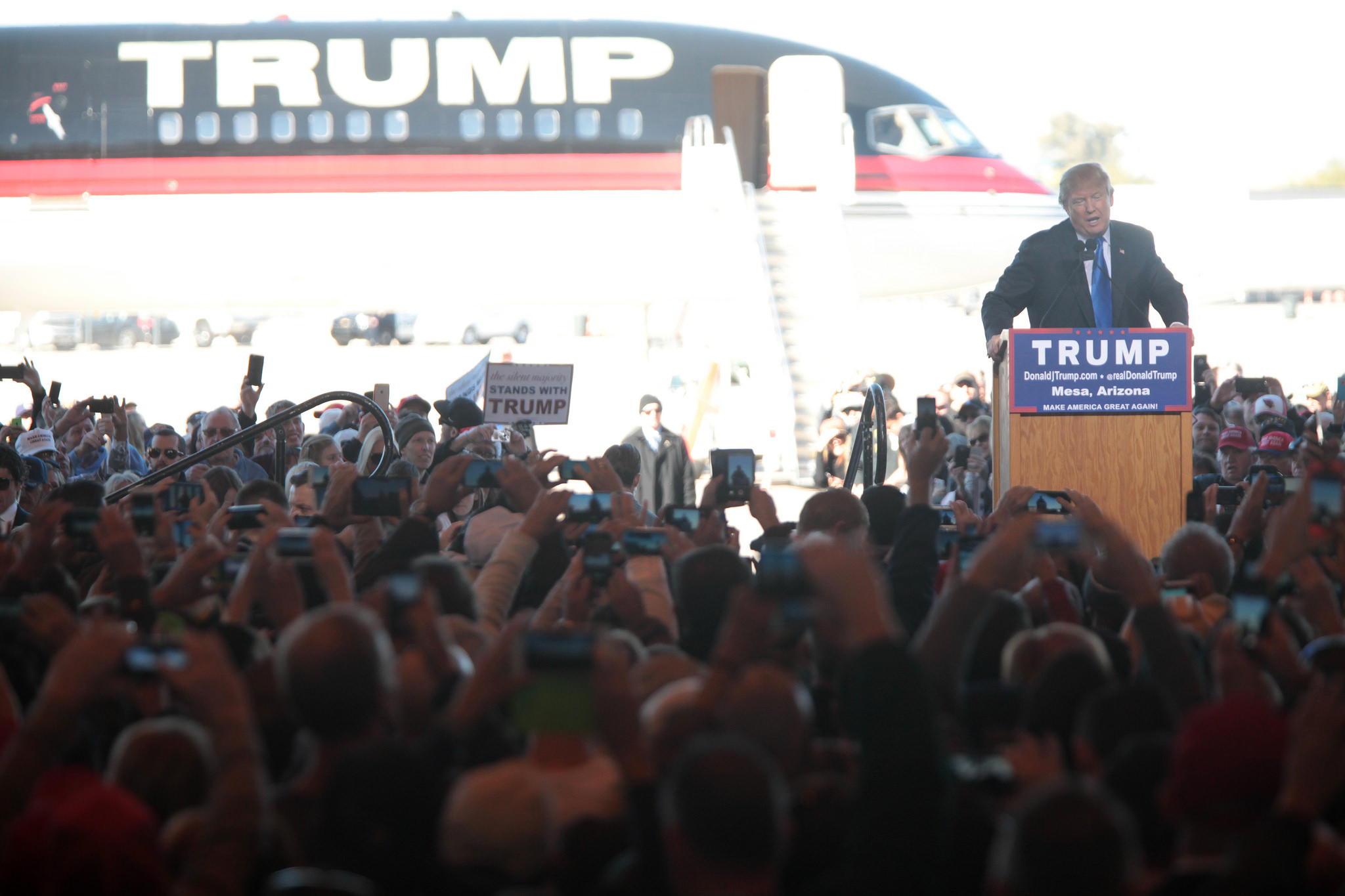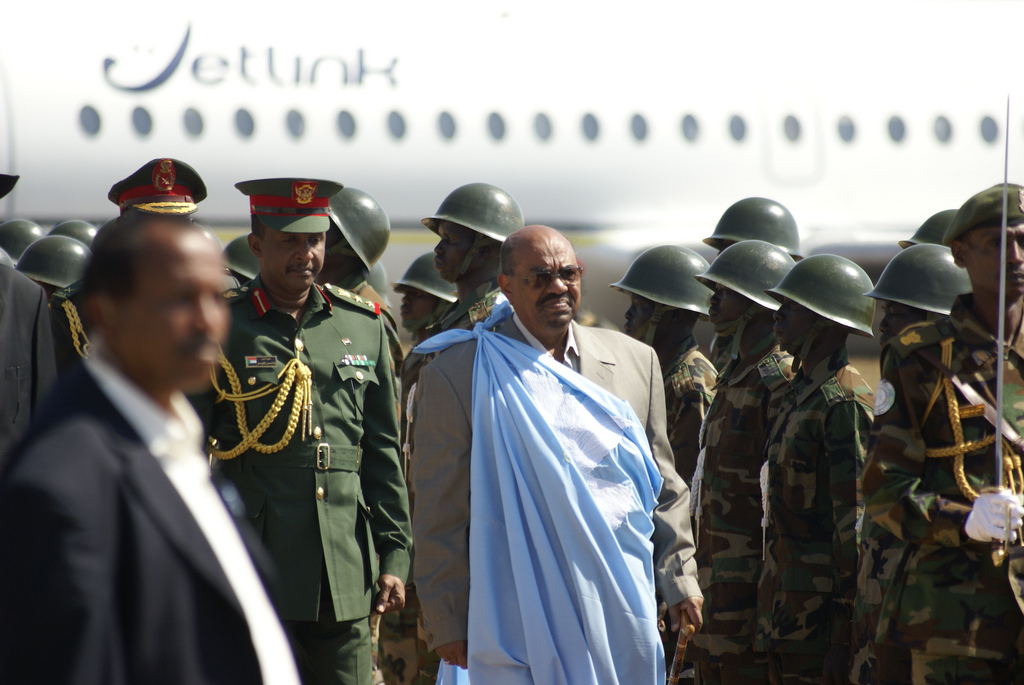Guest post by Ethan B. Kapstein and Adityamohan Tantravahi
Among its many deleterious effects on social well-being, violent conflict—including widespread criminal violence—can undermine economies by reducing investment, output, and growth. A 2016 study by the World Bank, for example, estimates that violent crime cost Mexico 7 percent of GDP. We argue that it can also increase the borrowing costs on government-issued debt.
Looking specifically at the interest rate paid on short-term Mexican treasury bills, called “CETES,” during the period 2009–2020, we found that when homicides increase, so do interest rates.
Previous studies have made related claims. For example, the rating agency Moody’s found that terrorist attacks increase the affected government’s borrowing costs. We show that a similar relationship may hold for countries suffering from violent criminal activity.
Mexico has long suffered from major criminal conflict, which has led to thousands of related deaths. In 2009, the US Department of Defense even warned that the country could become a ”failed state.” During the period with which we are concerned, 2009–2020, drug-related violence in Mexico oscillated between 1,200–2,200 homicides per month, rising sharply from 2015–2017. To put this in perspective: countries are considered to be in a civil war if a conflict results in more than 1,000 casualties.
The intensification of violence in Mexico has been attributed to several factors, including changes in the narcotics market; the decentralization of drug cartels; and the militarized war against criminal organizations that began during the Calderon administration. Tragically, there is no end in sight.
Still, from a macroeconomic standpoint, Mexico has enjoyed relative stability over the past decade, interrupted only by the election of Donald Trump in 2016 and more recently by the COVID-19 pandemic. Growth has averaged about 2.4 percent per year, surpassing the US level of 2.2 percent. The elections held in 2012 ushered in the administration of President Enrique Peña Nieto, who branded himself a reformer; and in 2015 the Organization for Economic Cooperation and Development highlighted Mexico’s progress by labeling it their ”top reformer.”
So how do macroeconomic factors and criminal violence interact? We tried to answer that question by examining the interest rates on short-term Mexican CETES, which are similar to US Treasury bills. As with Treasury bills, the interest rate on CETES strongly reflects the monetary policy rate, or what in the US is called the “Fed Funds” rate, of the Central Bank, Banxico. However, there is usually a “spread” between the monetary policy rate and the interest rate on the government obligation, which reflects the additional amount that investors must be paid in order to hold that asset. Fear of future inflation due to high levels of government spending, for example, may cause investors to demand a greater return on an investment. Investors may also be concerned that violence will cause capital flight, leading to higher interest rates in an effort to keep money at home.
In Mexico, for example, investors may be wary of the central government’s pattern of increasing security spending and fiscal transfers to the states and municipalities most heavily hit by violence. Those regions, in turn, have seen drops in economic activity due to reduced foreign direct investment, employment, and GDP. These developments would undermine confidence in the country’s economic trajectory.
Our research shows that, controlling for the traditional influencers of the short-term interest rate, homicides have a significant impact on interest rates. Specifically, from 2009-2020, a 1 percent increase in intentional homicides in the previous month is associated with a .128 percent increase in the six-month CETES rate. While that number may seem small, it translates into millions of extra pesos that Mexico must pay in interest given the large volume of CETES that is auctioned each week. In essence, Mexico pays a “homicide penalty.”
While Mexico may not face an organized insurgency, the country’s long history of economic instability and violence may lead investors to be especially cautious about the value of government obligations. Indeed, many countries that once experienced civil war see their murder rates climb once the conflict has ended, with Guatemala and now Colombia providing tragic examples. That said, there is a large difference between a state that relies on foreign aid to fund its security operations vs. one that can obtain financing from private investors. In the case of Mexico, the government pays a penalty for the violence it suffers, but labeling it a failed state is misleading—at least for now.
These findings suggest a number of conclusions for Mexico and beyond. First, those interested in violent conflict should give more attention to countries with high rates of criminality, where the death rates may be as high if not higher than those found in civil wars. Second, as with civil war, widespread homicide rates may have a significant impact on the economy. Third, financial markets provide a “real time” opportunity to examine how investors respond to government policies, including policies directed at curbing violence; as such, those interested in finding new ways to generate capital for developing countries should make more intensive use of these data.
Ethan B. Kapstein is Arizona Centennial Professor of International Affairs at Arizona State University and Co-Director of the Empirical Studies of Conflict Project, Princeton University. Adityamohan Tantravahi is a research assistant at the Empirical Studies of Conflict Project, Princeton University.

